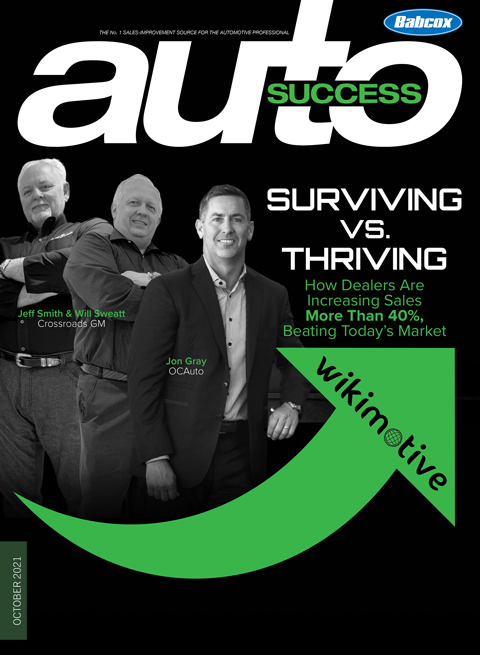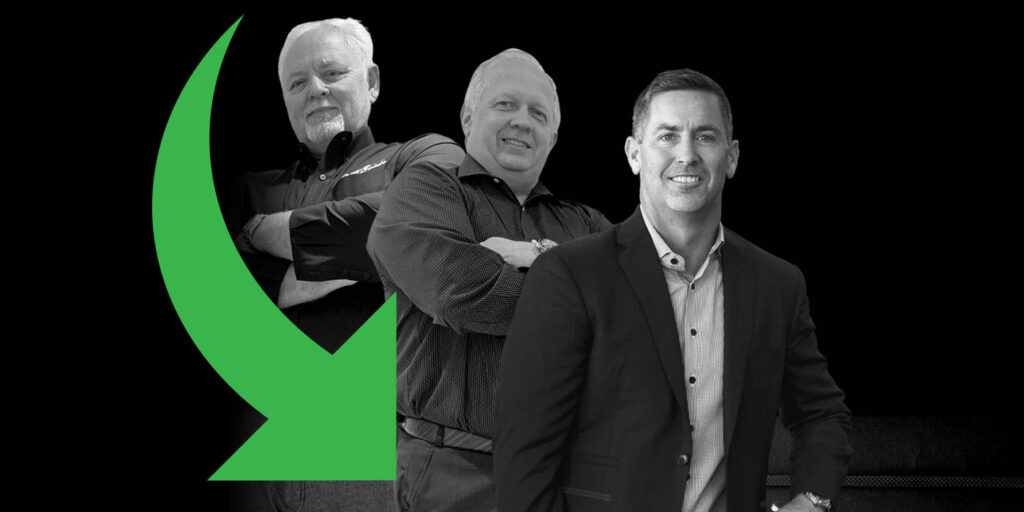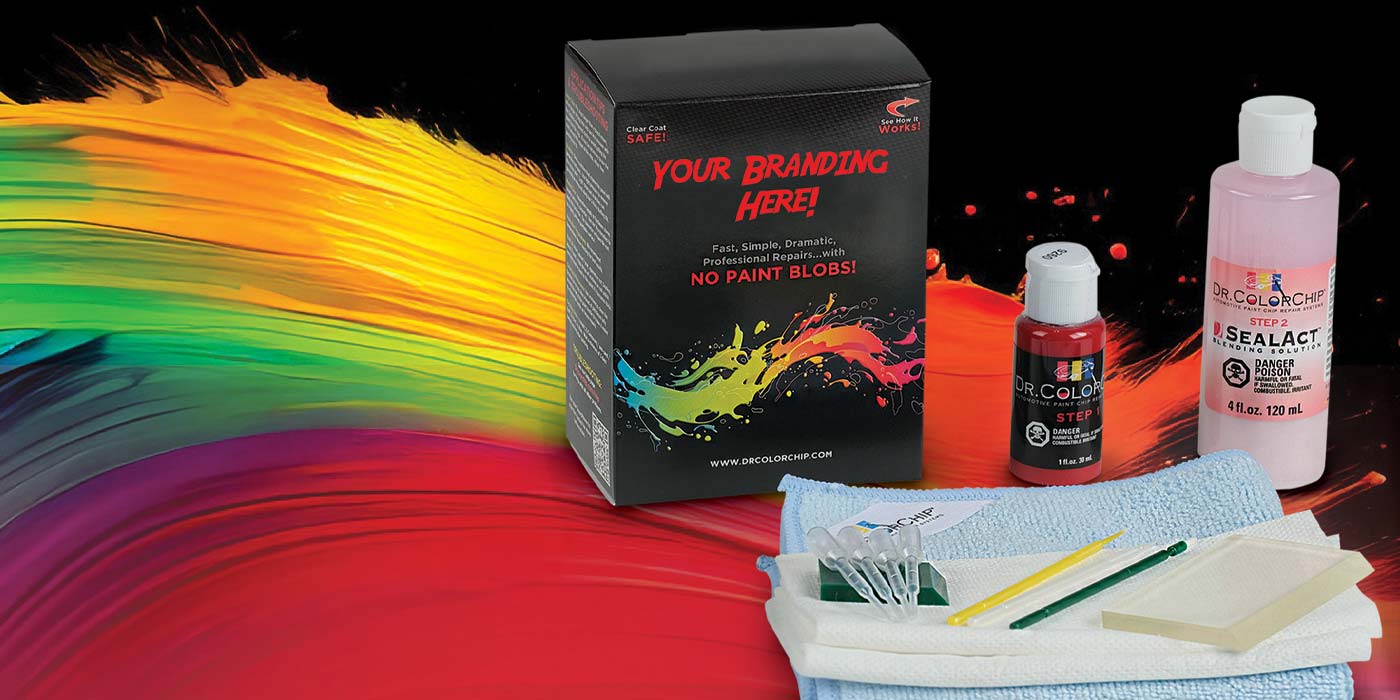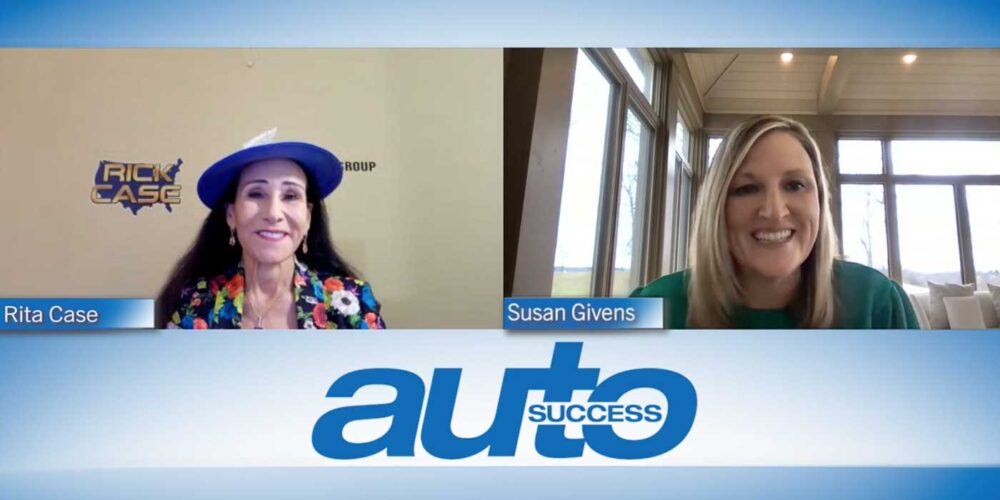How Dealers Are Increasing Sales More Than 40%, Beating Today’s Market
How do I improve my circumstances? It’s a question that too few dealers ask when times are good. When the economy is strong and inventory is plentiful, many rest on their laurels with a thick wallet and satisfied staff. Often, this fair-weather success is even incorrectly attributed to some process or store accolade when the reality is that we’re just riding the high tide.
Dealers across the country invariably start asking how they can do better when seasonality or market conditions start to thin out sales volumes and/or profitability. If you’re reading this in late 2021 or early 2022, you’re almost certainly asking this question now. So, how do you improve your circumstances in a tough market? You need to adopt strategies that focus on increasing market share, not just volume, and ideally do it with a static investment, rather than spending more to dig yourself out of trouble.

Increased market share is the key to outselling market trends when things slow down, and it sticks around when the market bounces back. Increase your market share by just a few points, and you could be selling 10, 20 or 100 more cars each month, regardless of the market status. Let’s look more closely at the strategies you’re employing now and what you need to change in order to transition from paying for your share to earning more than your fair share.
Falling With the Tide
It has been a volatile time in auto retail. COVID hit in Q2 2020, but pent-up demand surged soon after, and we almost forgot there was an issue! Then, a combination of the election season, prioritized holiday spending and renewed COVID concerns drove auto retail to the lowest point in years in Q4 2020. At the end of Q1 2021, things were booming again! Cars were flying off the lot as demand increased, combined with strong inventory levels. Then the chip shortage hit, and OEM by OEM, the cars started to dry up. Profit is high for most stores, but inventory outlooks remain bleak into 2022.
So much has happened to our industry at the start of this decade, but let’s not forget that this isn’t the first time or the last that we’ll see market volatility. If you’re like most dealers, you’re handling it with similar tactics to those you’ve used in the past. You’re relying on paid search (PPC/SEM) to drive on-demand traffic to your website and third-party leads sites — CarGurus, Cars.com, Auto Trader, etc. — to buy leads. This is the pay-to-play method. You need to scale up your monthly spend to get more attention, which means you can buy your way to more temporary market share, but only at the expense of your profitability. Why at the expense of profitability? Pay-to-play marketing comes with severely diminishing returns as you spend more, so buying your way to more attention quickly pulls net profits into the red.
At this point, you’re probably feeling frustrated. You’re probably at least peripherally aware of this reality as you evaluate your marketing budget and look for cuts. What you’re doing isn’t working the way you’d like, but what else are you supposed to do? I’m going to show you a better way — a way that allows you to keep your budget static through good times and bad while increasing market share and profitability over time. We’ll also back the better way up with real examples of dealers who have stopped rising and falling with market conditions.
Stop Riding the Market
A rising tide lifts all ships, but you need to fly above the waves if you’re going to earn more than your “fair” market share. Metaphors aside, this means you need to increase the percentage of the interested buyers who are choosing to come to your store versus a competitor’s. As a dealer, you don’t have the visibility or resources to increase the number of shoppers in the market for a vehicle. Even Tier 1 and Tier 2 have very little impact on shopping propensity. OEM marketing really only impacts which brand a shopper is likely to consider. Macroeconomics, current events and the wheels just falling off Jane’s old hatchback are the driving forces behind vehicle demand.
Let’s use a simple example, keeping in mind that you can’t create more buyers and need to capture a larger percentage of those who exist. Suppose there are 1,000 people in the market for a car in your city or metro this month. Let’s say there are nine other dealers you’re competing with for those 1,000 sales. If everyone had an equal market share (10%), you’d sell 100 cars, and you’re not happy with that, because at the start of 2021, you were selling 140 cars in a stronger market. How do you sell 40 more cars?
Following the methods we looked at earlier, you might increase your pay-to-play marketing by 40%, but now you’re having to spend more money at a time when you want to be pulling back, if anything! The solution is to gain organic visibility, and when I say “organic,” I mean organic search through search engine optimization (SEO). SEO is essentially the practice of updating technical data and content on your website to increase visibility on search engines like Google.
Continuing our simple example, suppose all 1,000 buyers searched Google for “car dealer near me.” There are 10 search results on a Google page, and you and all your competitors have one of those results. On average, the first organic position on Google has a clickthrough rate of about 35% (350 out of 1,000 searchers). Position two gets about 25%, and it falls from there to 17%, 12%, 8% and into the low single digits by the bottom of the page. The important takeaway here is that you don’t need to move up very far to seriously impact your share of the attention. Move from position three up to position two, and you would increase from 100 to 147 cars in our example. Hmmm….
“You can buy your way to more temporary market share, but only at the expense of your profitability.”
Even that simplified example started to get complex, and the reality is certainly not so clean. There are actually more than 1,000 shoppers, more than nine competitors and thousands of search phrases (keywords) to consider, not just the one. This is a numbers game, and the point is to use SEO to incrementally increase your visibility a little at a time for a range of search keywords. Do this for six months, and you will have gained a persistent market share, which doesn’t fade easily. Continue for 12 months, and you’ll have more. Continue for 12 years, and, yes, it will continue growing that whole time. Not only that, but you can keep your monthly SEO investment static while growing your search market share every month. The opposite of pay-to-play marketing, SEO comes with increasing returns at the same spend. Skeptical? Let’s prove it, then talk about how it works and what to look for in a quality SEO solution.
40% More Sales
In the example above, we suppose that you started at 140 sales and fell with the market to 100 sales. You want to get back to 140, but without an upswing in the market, you need 40% more market share. Do this through SEO, and it will be persistent market share, which means that when the market does return to that prior level, you won’t stay at 140 but will now be at almost 200. Scale these numbers based on however many cars you normally move outside of crazy COVID conditions, and you’ll get a sense of what 40% would mean to you.
Ralph Honda hired Wikimotive for SEO in January 2020, having no idea that the world was about to turn on its head. They had tracked their new market share, relative to their primary market competitors, for years running, giving us something more valuable than “clicks” to measure. Just a few months prior, in September 2019, they sold 22.7% of the new Hondas between themselves and their competitors. That wasn’t enough, which is why they hired us as a long-term investment in their future success.
Of course, three months after hiring us, COVID hit. Les Eccleston, in charge of Ralph Honda’s marketing, canceled all their pay-to-play marketing as they physically closed their store in Rochester, NY, for the COVID shutdown. Eccleston kept their foot on the gas with SEO though, knowing that the work we were doing was going to pay off as gains on the other end. The store’s confidence was rewarded, as they rode increased organic visibility to increased market share. Nine months into the initiative, Ralph Honda was up to 27.9% market share. That’s a relative increase of 23% from where they started! Fast forward another year, and Wikimotive’s SEO is the only marketing solution that they have retained non-stop since the start of 2020. The result? Market share in September 2021 was up to 32.4%, which is a relative increase of 43% from where they started. Did someone say 40% more sales?
Eccleston was pretty direct when we asked him what he would want to tell other dealers and marketers about us. “Working with Wikimotive has been a true game-changer for our store! Prior to starting with them, we had only a very basic SEO effort, minimal Google My Business optimization and essentially no Facebook advertising. Now, with Wikimotive providing these services, it is the solid foundation for our overall marketing effort. After working with hundreds of vendors over a span of 18 years in the automotive industry, I have never seen such a level of competence and knowledge behind the services they provide.”
It’s easy to chalk up one success case as a fluke. Maybe you’re not a Honda dealer, or you’re in a larger or smaller market. Crossroads GM is definitely in a smaller market in Corinth, MS, a city of under 15,000 people and far from a metro. Sick of the pay-to-play solutions, owner Jeff Smith and General Manager William Sweatt hired Wikimotive to do their SEO in October 2020. At the time, their store was selling 76 cars per month, new and used. They challenged us with their long-term goal of 120 cars per month, and they were clear that they wanted to pull back other marketing spend in the process.
Twelve months into service for Crossroads GM, the store is now averaging 115 cars per month, having cut not just paid search and third-party spend to zero but all other marketing as well. That’s a sales volume increase of 51% in one of the toughest automotive markets in history. There’s no secret sauce or trick here — just faith in a truly effective marketing strategy that increases results through market share over time.
Smith and Sweatt’s new objective is now to reach 150 units per month in 2022. Sweatt said of the experience so far, “Partnering with Wikimotive will be one of the best decisions you can make to improve dealer traffic and sales.”
“Doing 30% of the necessary job doesn’t lead to 30% of the results; it leads to zero.”
OK, so it works for a small metro, a rural market, Honda and GM. What about a large metro? Jon Gray’s Orange Coast Auto, a CDJR store in Orange County, CA, hired us in November 2019. Already the No. 3 Jeep dealer in the state of California, Jon wasn’t looking to get out of a sales rut. Far from it. His store was thriving, and market conditions were good. Like you, Gray wanted more, and, like many dealers, his preferred measurement is OEM market effectiveness.
Shortly after hiring us, OC Auto was 145% market effective vs. FCA’s January 2020 expectations. Six months later in June, the store was 189% market effective. Roll the clock forward for January 2021, and they were at 194%, and they continued to 210% in June 2021. OC Auto experienced a relative 45% increase in their market effectiveness in 20 months with Wikimotive. The only marketing change in that time was the addition of our SEO strategy, with a static investment in pay-to-play marketing. 2021 to date, Jon Gray’s OC Auto has remained over 200% market effective and is now the No. 1 Jeep dealer in CA.
Gray said of working with us, “Wikimotive is simply the best in relationship, strategy and executing on our digital and sales targets.”
I trust by this point you’re intrigued. It works in markets from tiny to huge and for dealers of any make. These three stores are just a selection to give you a deep cross-section, and these increases are experienced by any dealer willing to invest the time and faith in a real organic search (SEO) growth strategy.
I Have SEO, and We Aren’t Up 40%
Most dealers we talk to already have some kind of “SEO solution” in place. Often, it’s an included “service” from their website vendors, while sometimes it’s a company that claims to specialize in SEO. The common thread between them is that all of these dealers say some variation of, “It just doesn’t seem to impact our sales at the end of the day.” This naturally leads to the mistaken perception that SEO doesn’t actually work, and that’s where you would be wrong. SEO solutions are not created equal, and almost every “SEO solution” in the auto industry has zero effect on your search visibility. Huh?
That’s right! Website vendors and even dedicated SEO vendors aren’t even doing the minimum. The worst offenders charge a small monthly fee of $500 to $1,000 per month and don’t actually do anything. Their deliverables sheet is full of “keyword checks” and “link reports” with no actual work to show for your money. Disputably just as bad are the vendors who do provide a deliverable but are willfully ignorant or downright deceitful about the fact that their 350-word blog about Bob’s Burgers across town or the towing capacity of a Silverado is not SEO. You rightfully don’t know any better, because your job is to sell cars, but their minimum service should be one that leads to demonstrable results of the sales and market-share varieties.
Real SEO should consist of a significant amount of content in the form of pages and blogs. Those pages and blogs should never be shorter than 1,000 words in length and should be written uniquely for your website with the car-buying reader in mind. The pages should also be thoughtfully interlinked with each other and syndicated strategically to social media to increase Google visibility.
Real SEO should also include hands-on management of your Google My Business listings as well as subject matter experts updating technical SEO features on your website. There’s a lot of nuance to this, but start by asking your current provider for a clear list of monthly deliverables. Demand proof! If they can’t present you with at least what I’ve listed here, you should be concerned. The easiest red flag to identify is length. If the content they’re writing for you is under 1,000 words per piece, they’re not doing SEO. That’s just navigational content, and it won’t impact your traffic, leads or sales. It’s also important to understand that SEO effects don’t scale below a certain threshold, and the standard of work being called SEO in the auto industry is almost universally ineffective. Doing 30% of the necessary job doesn’t lead to 30% of the results; it leads to zero.
The finer points of SEO and how it works are best left for another article or a consultation call with Wikimotive. The real takeaway here is that the SEO service you think you have isn’t working, and the only way to truly improve your circumstances through marketing is to get on board with an SEO solution that is based on real best practices, not the standard set in automotive.
If you want to increase your market share while keeping your marketing investment static, it’s time to take a hard look at the methods you have become comfortable with. Get off the drug that is pay-to-play marketing with paid search and third parties. Invest in owning your results rather than renting them. If you want help or just a better sense of where you’re at now, reach out to us. We offer an obligation-free consultation session and SEO audit for general managers and dealer principals who want to take it to the next level and stop settling for what the market gives them.














